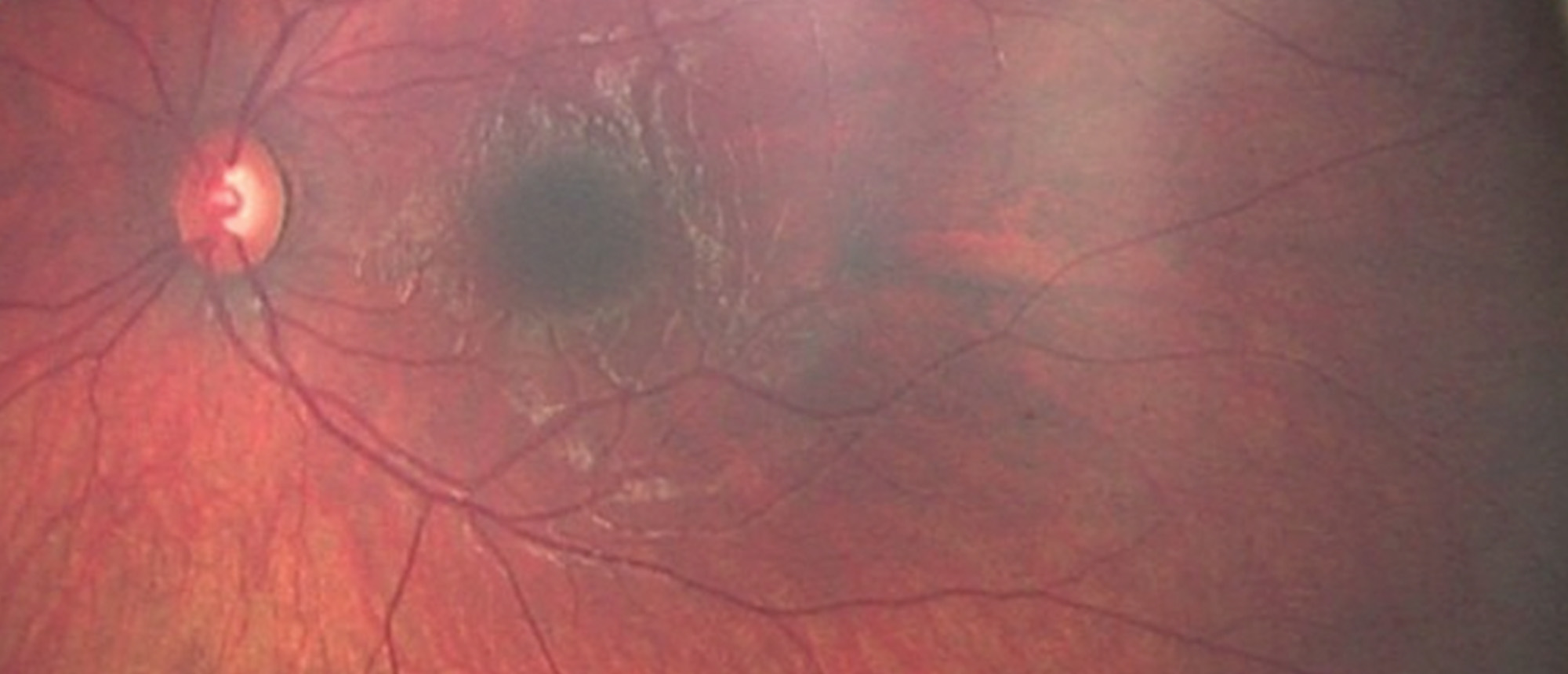Primary Congenital Glaucoma
An infant with a past ocular history of epiphora, increased corneal diameter, and elevated intraocular pressure was referred to the Bascom Palmer Eye Institute for diagnosis and management. Upon initial presentation, the patient's intraocular pressure measured 18/22, while using Cosopt BID OU. Additionally, the patient exhibited an increased corneal diameter, scalloped angle without scleral spur axial length, corneal edema, mild optic nerve cupping, and increased axial length. After ruling out systemic symptoms and other ocular diseases, a diagnosis of primary congenital glaucoma was established, and the patient underwent a successful 360-degree gonioscopy-assisted transluminal trabeculotomy. The patient's condition remained stable over the next year. Interestingly, genetic analysis indicated that the disease-causing gene was most likely Tunica Interna endothelial cell kinase (TIE2, TEK). According to a previously published mouse model, TIE2/TEK haploinsufficiency leads to the incomplete development of Schlemm's canal, a feature not present in this patient. This case underscores the need for a more in-depth understanding of genotype-phenotype correlations and the application of genetic sequencing in clinical practice.
Presentation Date: 09/21/2023
Issue Date: 10/06/2023
Please log in or click on ENROLL ME to access this course.
